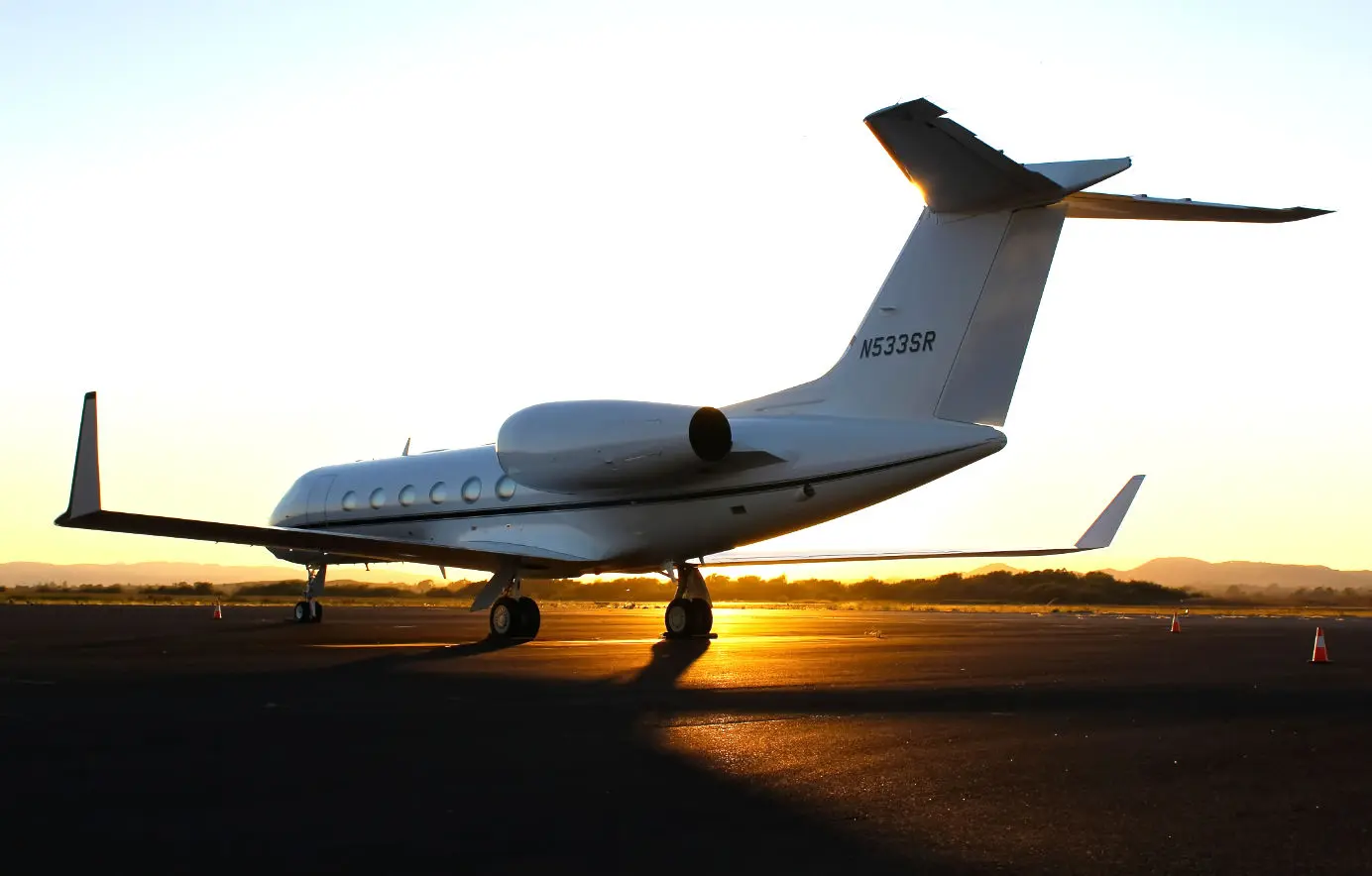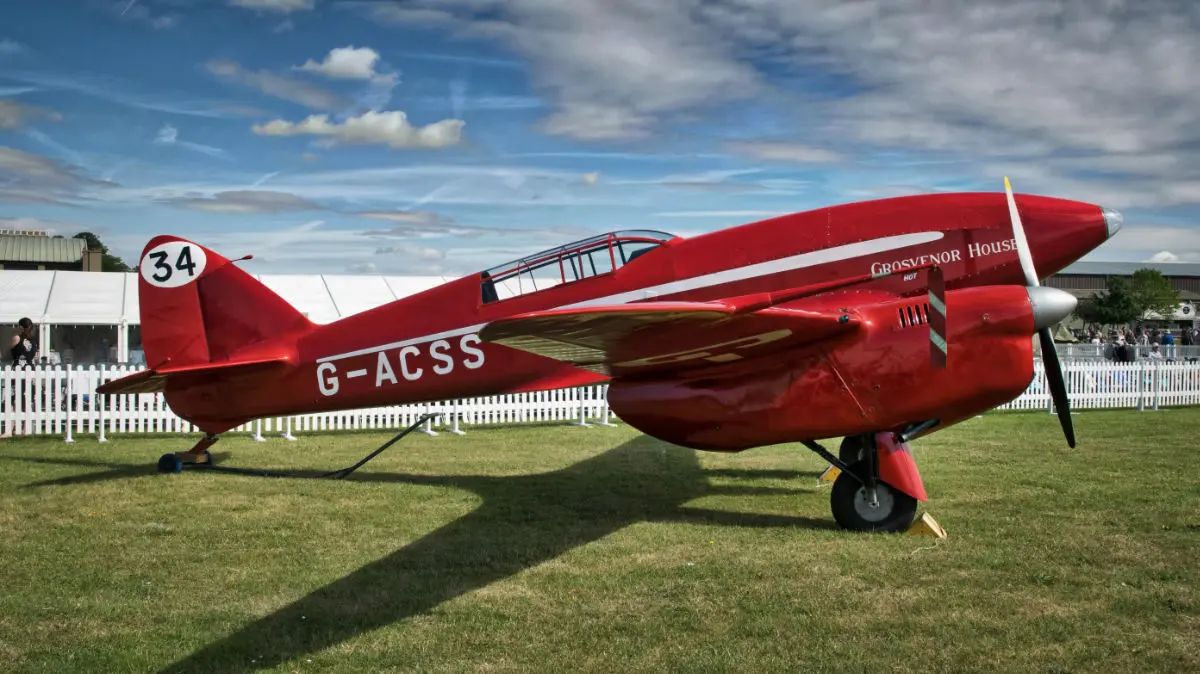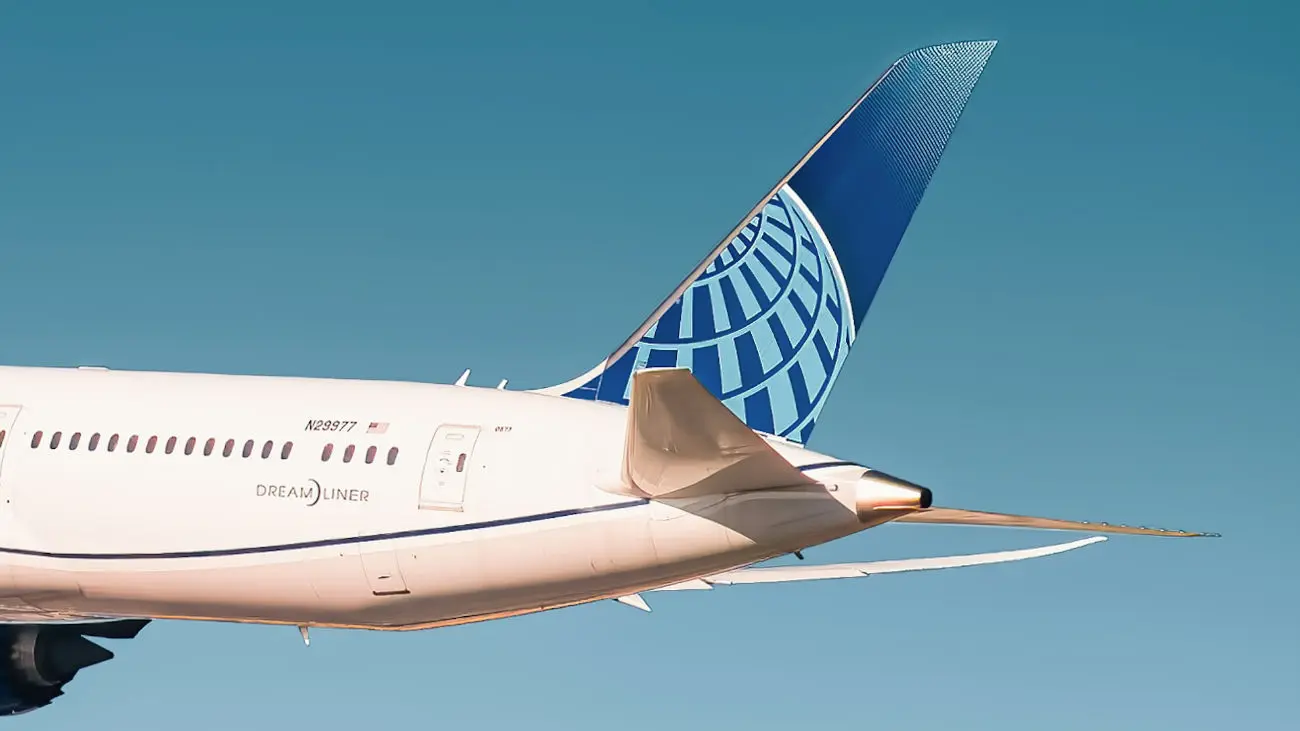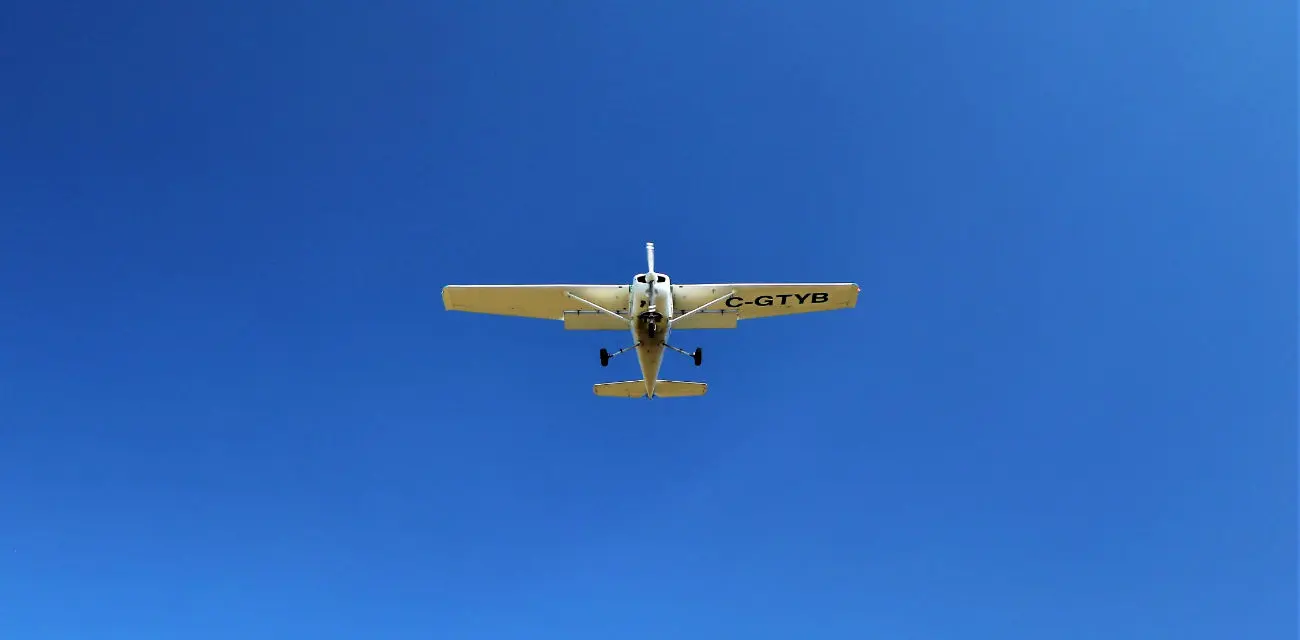
What is an Aircraft Registration Number? A Comprehensive Guide
An aircraft registration number is a unique alphanumeric code that identifies a specific aircraft. Learn more about aircraft registration numbers and how they are used in the aviation industry.
Table of Contents
Have you ever wondered about those odd numbers and letters on the aircraft's tails?
This unique combination of letters and numbers is like an aircraft's license plate, helping to identify it among the thousands of planes flying around the world.
In this comprehensive guide, we will explore the significance of aircraft registration numbers, how they are structured, their history, and why they are important.
What is an Aircraft Registration Number?
An aircraft registration number functions as a unique alphanumeric identifier that is officially assigned to every aircraft upon its registration with a country's civil aviation authority.
Analogous to how a car's license plate offers a distinct identification, this sequence of characters allows for the efficient tracking and regulation of aircraft within the global airspace system.
Displayed on an aircraft's exterior—commonly on its tail, but also possibly on its wings or fuselage—this registration ensures that an aircraft can be easily identified on the ground or in flight.
These identifiers are not arbitrarily assigned but follow a structured format that includes a prefix and a unique combination of numbers and letters. The prefix acts as a geographical indicator, representing the country of registration in accordance with international standards set by the International Civil Aviation Organization (ICAO).
Following the prefix, the sequence that constitutes the unique identifier and, in some cases, a suffix varies from country to country, providing a level of customization and specificity that ensures no two aircraft share the same registration number.

The primary purpose of these registrations is to distinguish one aircraft from another and to facilitate the monitoring and governance of aviation activities. They play an indispensable role in the administration of safety protocols, the oversight of aircraft ownership, and the execution of regulatory compliance.
In the context of aviation safety and investigations, aircraft registration numbers are important, too. In the unfortunate event of an accident or incident, the registration number allows for swift identification of the involved aircraft. This aids investigators in gathering crucial data about the plane's history, contributing to the understanding of the incident and the advancement of aviation safety measures.
Moreover, these numbers can be essential for air traffic control communications, allowing for the swift identification of aircraft during operations. This standardized system of identification underpins the safety, regulation, and efficient management of the international aviation community.
Civil registration codes are typically not issued to military aircraft. Instead, tail codes and serial numbers are generally used on military aircraft of most nations. Nonetheless, civil registrations are given to government-owned, non-military civil aircraft (such as those operated by the US Department of Homeland Security).
The Structure of Aircraft Registration Numbers Explained
The composition of aircraft registration numbers is meticulously designed for clarity, consistency, and uniqueness.
Beginning with the prefix, which is essentially a country code, it signals the aircraft's country of registration. This prefix is determined by international agreement through the International Civil Aviation Organization (ICAO) and is pivotal for global aviation harmony.
The country code prefix can consist of both letters and numbers. Aircraft registered in Algeria, for example, have the registration prefix "7T", while aircraft registered in the United States have the prefix "N." On the aircraft, the prefix is sometimes followed by a dash to separate it from the next component (the suffix) of the aircraft's registration. But not always. The prefix and suffix are joined without a dash in some nations that use a number suffix instead of letters, such as the United States (N), South Korea (HL), and Japan (JA).

Each country’s designated prefix is unique, acting as an initial clue to the aircraft's origin (and registration jurisdiction) before delving into the more specific elements of its registration number.
Following the prefix, we encounter the unique identifier—a combination of letters and/or numbers called the suffix. This segment is where customization comes into play, as each country has its own system for creating these identifiers. While some countries opt for a purely numerical sequence, others use a mix of letters and numbers, offering a wider array of unique combinations. This portion is what primarily differentiates one aircraft from another within the same country's registry. Suffixes can consist of one to five letters or numbers, depending on the country's rules.
In some countries, additional registry systems apply to further designate the type of aircraft. Denmark, for example, reserves some registration letter combinations for hot air balloons and helicopters.
The structured approach behind aircraft registrations ensures that every registered aircraft can be quickly identified and associated with its country of origin. The methodical assignment of these numbers allows for efficient tracking, regulation, and communication within the international aviation community, reinforcing the safety and operational standards that underpin global air travel.
The History of Aircraft Registration Numbers
The origins of aircraft registration numbers can be traced back to the years around the dawn of aviation, marking an era when the skies became a new frontier for human exploration and innovation.
Initially, as aviation was in its infancy, there was little need for a formal system. However, as aircraft became more widespread and the number of aircraft increased, the necessity for a structured identification system became apparent.
In 1913, the radio callsigns assigned during the London International Radiotelegraphic Conference served as the basis for the initial application of aircraft registrations. The adopted format was in the form of a prefix with a single letter, followed by four more letters (for example, E-FGHI). Smaller countries shared a prefix letter, while some major nations were assigned their own. However, the original allocations were made for any radio user, not just aircraft.
The 1919 Paris Convention on International Air Navigation provided particular allocations for aircraft registrations based on the 1913 callsign agreement, even though the original allocations were made for any radio user, not just aircraft.
The list of markings was updated at the 1927 International Radiotelegraph Convention in Washington. Implemented the year after, these are the foundation for the registrations that are in use today. Over time, the marks have undergone modifications and additions, and the International Civil Aviation Organization (ICAO) has been in charge of managing the standards and allocations since 1947. The ICAO allocates specific registration prefixes to each country, creating a uniform system that enhances the management and tracking of aircraft on an international scale.
Today, all aircraft doing international air navigation must display their nationality and registration marks on the aircraft, according to the 1944 Chicago Convention on International Civil Aviation.

Summary
Aircraft registration numbers serve as critical markers in the aviation industry, akin to license plates for airplanes, ensuring each aircraft's distinct identity within the vast realm of global airspace.
These alphanumeric sequences facilitate the efficient identification, tracking, and governance of aircraft and bolster the safety and regulatory oversight essential to international air travel.
Their structured format, incorporating a country-specific prefix followed by a unique identifier, enables quick identification and provides key information about an aircraft's origin and registration status. The importance of these identifiers extends into areas such as air traffic control, legal documentation, and safety investigations, making them indispensable in maintaining the integrity and security of aviation operations worldwide.
Also read:
Planenerd Newsletter
Join the newsletter to receive the latest updates in your inbox.






